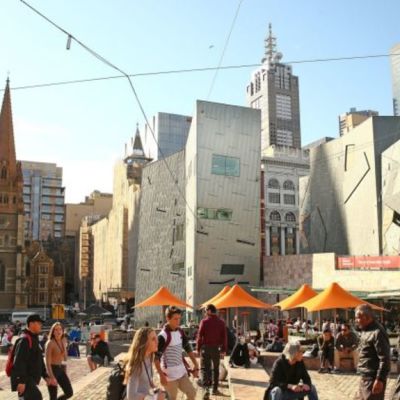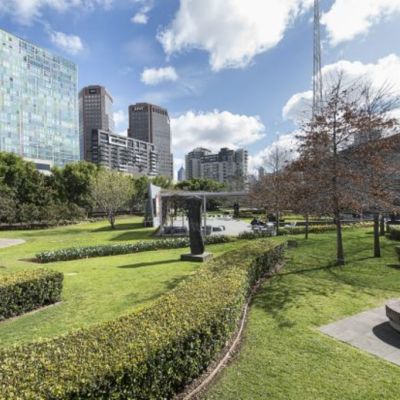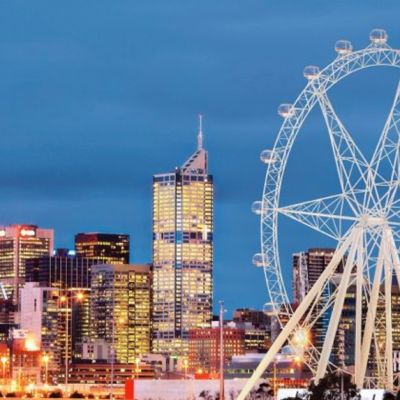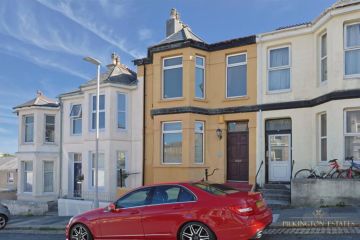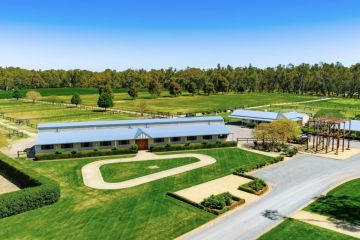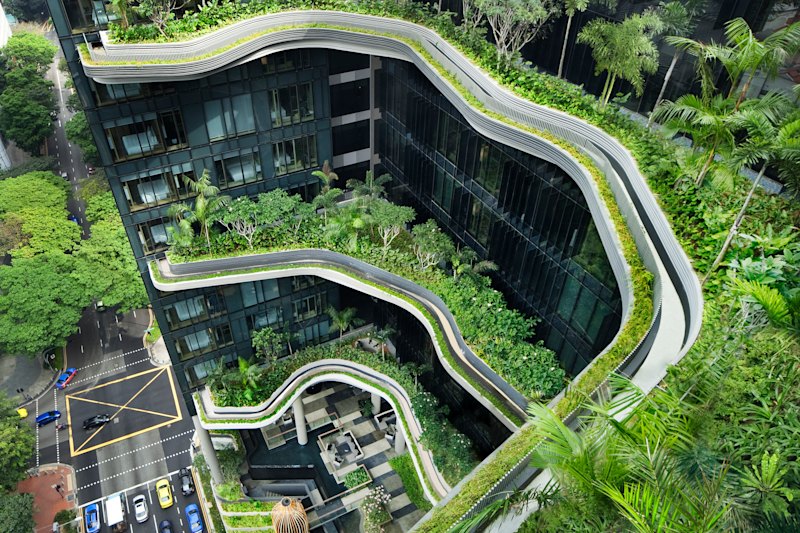Lord mayor: Great cities like Melbourne are designed for people
Cities are not for cars, buildings, bikes or businesses. They are for people.
Design touches every aspect of our city planning: buildings, roads, footpaths, bike paths, parks, playgrounds, libraries and community centres.
Even seemingly little things like the location, material, size and position of our street furniture is carefully thought out to ensure it caters to the needs of our residents, workers and visitors.
Design is crucial to the way we live, work and play in our city.
This month, Melbourne welcomed three of the world’s top urban design and architecture experts to offer their insights through public forums, presentations and talks.
Influential Danish urbanist, architect and humanist Professor Jan Gehl, Ghanaian British architect Sir David Adjaye OBE and Aric Chen, design critic and curator from Hong Kong, discussed the planning and design decisions that challenge our cities today and will shape our cities of the future.
They joined our own world celebrated urbanist Professor Rob Adams in a week of discussions about cities.
The City of Melbourne worked with Jan Gehl in the 1990s to set in place a plan to rejuvenate our city centre: a project dubbed Postcode 3000 that successfully transformed Melbourne into a city for people.
Many of the presentations were delivered at MPavilion, which is itself a design icon in Melbourne.
Each year, the Naomi Milgrom Foundation’s MPavilion commissions an internationally acclaimed architect to develop an imaginative new cultural space within Melbourne’s Queen Victoria Gardens, in the centre of the Southbank Arts Precinct. MPavilion delivers an engaging summer program of free public talks and events at the leading edge of international creative practice.
MPavilion is the first organisation of its type in Australia to start the discussion and promote design and architecture awareness at a global and local level by creating a new architect-designed civic space each year.
Over its three years, MPavilion has hosted 75 international design experts, welcomed 234,000 visitors, presented 1300 free events and contributed more than $7.5 million to the Australian cultural sector.
Victoria’s creative industries contribute $23 billion to the economy (eight per cent of the state’s total), employ 220,000 people, generate $1.4 billion in exports and generate cultural tourism worth $1 billion. Creative industries are growing at almost double the rate of the broader economy.
Food for thought next time you plant yourself on one of our (diligently planned and designed) park benches.
Melbourne lord mayor Robert Doyle is a monthly Domain columnist. His fee for this article will be donated to the Juvenile Diabetes Research Foundation.
We recommend
We thought you might like
States
Capital Cities
Capital Cities - Rentals
Popular Areas
Allhomes
More
